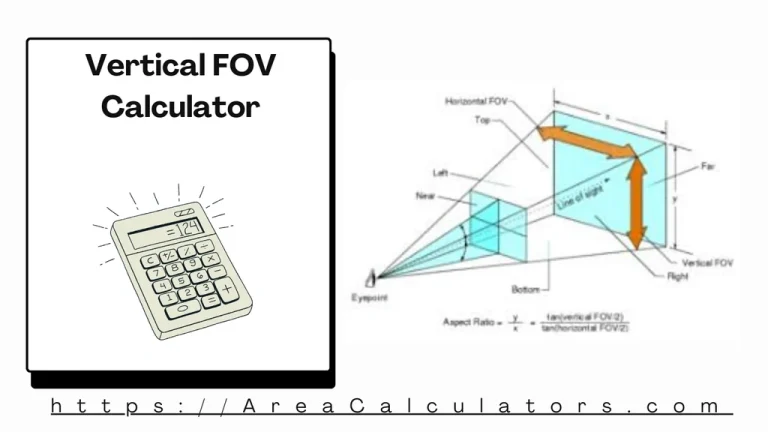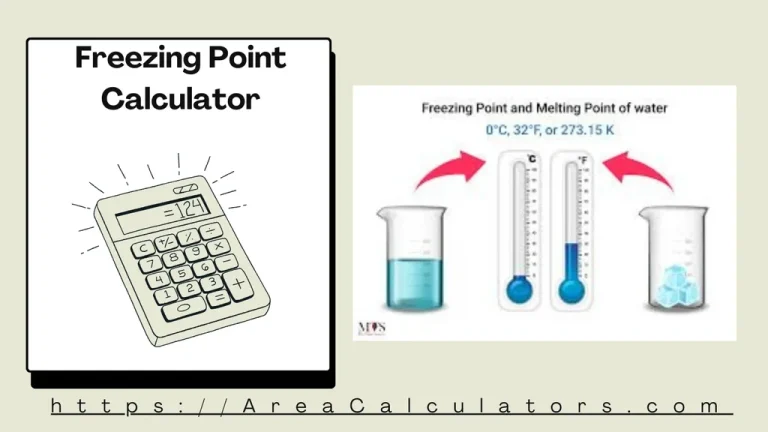Ml/Hr To Gtt/Min Calculator
To calculate the drop rate in drops per minute (gtt/min), multiply the flow rate in mL/hr by the drop factor, then divide by 60.
The Ml/Hr to Gtt/Min Calculator is a reliable and efficient tool for converting milliliters per hour (mL/hr) into drops per minute (gtt/min). It simplifies IV fluid management by ensuring accurate drip rates for medications and fluids, a critical task for healthcare professionals.
Formula
Gtt/Min = (Ml/Hr ∗ D) / 60
| Variable | Description |
|---|---|
| Ml/Hr | Flow rate in milliliters per hour |
| D | Drop factor (number of drops per milliliter) |
| 60 | Constant to convert hours to minutes |
| Gtt/Min | Flow rate in drops per minute |
Solved Calculations
Example 1:
Convert 100 mL/hr to gtt/min with a drop factor of 15:
| Step | Value |
|---|---|
| Flow Rate (Ml/Hr) | 100 |
| Drop Factor (D) | 15 |
| Formula Used | (100 ∗ 15) / 60 |
| Result | 25 gtt/min |
Example 2:
Convert 200 mL/hr to gtt/min with a drop factor of 20:
| Step | Value |
|---|---|
| Flow Rate (Ml/Hr) | 200 |
| Drop Factor (D) | 20 |
| Formula Used | (200 ∗ 20) / 60 |
| Result | 66.67 gtt/min |
What is the Ml/Hr to Gtt/Min ?
The Ml/Hr to Gtt/Min Calculator is an essential tool for healthcare practitioners. They can use it for converting intravenous fluid flow rates from milliliters per hour (mL/hr) to drops per minute (gtt/min). It is particularly useful in medical and nursing settings, ensuring precise administration of IV fluids. This tool eliminates the need for manual calculations, minimizing errors and saving time.
Where the drop factor is the number of drops per milliliter, typically provided by the IV setup (e.g., 10, 15, or 20 drops/mL). For example, if the flow rate is 100 mL/hr with a drop factor of 20, the result would be approximately 33 gtt/min.
It is widely applicable for scenarios like calculating drug dosages, adjusting IV flow rates, or converting flow rate units for medical documentation.
Final Words:
Ultimately, the Ml/Hr to Gtt/Min Calculator is a reliable and efficient tool for healthcare professionals. It enhances accuracy in IV fluid administration and ensures patient safety, making it a vital resource in clinical practice.



